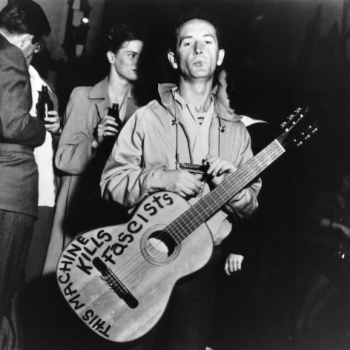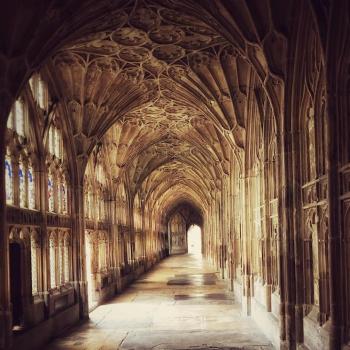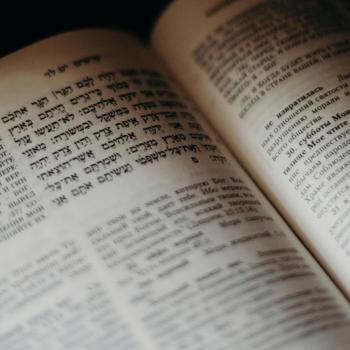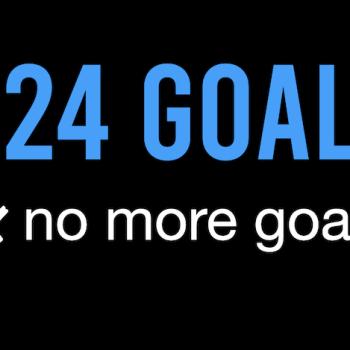 This is a great post from my friend Casey who is in Seminary in Chicago. Thanks Casey for teaching me more about Madeleine L’Engle (pictured here), and for your artistry!
This is a great post from my friend Casey who is in Seminary in Chicago. Thanks Casey for teaching me more about Madeleine L’Engle (pictured here), and for your artistry!
.
.
.
Co-Creatorship & the Influence of Madeleine L’Engle
by Casey Thornburgh
.
.
Something in me could not let the passing of Madeleine L’Engle on September 6th go by without some reflection. So here I go, doing my best to muster a few words about an author who left more than a few fingerprints in the process of molding Casey Elizabeth Thornburgh.
L’Engle is perhaps best known for her 1962 novel, A Wrinkle in Time. In it I, and countless other young adults, was introduced to tesseracts (remember, folding fabric of space and time?) and the transcendent universal guides known as Mrs. Whatsit, Mrs. Who, and Mrs. Which who lead the young Meg, Charles and Calvin through a universal battle against darkness. In the end, only love can overcome the dark force and restore harmony in all things.
Most of L’Engle’s works contain this fascination with time and with the battle of Good and Evil and the healing power of Beauty and Truth. Her life and literature was obedient to the provoking force of the Spirit of God. This spiritual power that, L’Engle believed, had provoked humans to grapple and wrestle with the elements of God’s creation through creative acts since the beginning of man. Such was the subject of perhaps her most vulnerable work, Walking on Water.
Walking on Water found its way into my lap not once, or twice but three times in the span of a year. It appeared to be God’s not so subtle way of saying, “Seriously Casey, would you read this book?” Taking the hint, I dove into what seemed to be excerpts from L’Engle’s personal journals. She so honestly shared her thoughts on being a Christian and an “Artist” by profession, but also the importance of being a Christian and creator/artist in order to be fully human (even those of us who think we can do no such thing).
We are afraid of that which we cannot control; so we continue to draw in the boundaries around us, to limit ourselves to what we can know and understand. Thus we lose our human calling because we do not dare to be creators, co-creators with God.
-L’Engle, Walking on Water
Made in the image of God, the Creator, are we not more ourselves when we participate with the Holy Spirit in creation? All of us believers and non-believers, all of us being created in God’s image are wired to create in response to creation. We are co-creators. When did we lose this truth? We understood it when we were young, with our crayon inspired masterpieces. Then we are told there are lines to stay inside of. Then we are told that it doesn’t resemble enough the real thing. The spark and intuition of being a co-creator leaves us and the joy of the creative process escapes from memory (this even applies to those of us who have seemingly mastered our artistic craft).
Ridicule is a terrible witherer of the flower of imagination. It binds us where we should be free.
-L’Engle, Walking on Water
But this is how revelation occurs. This is how we really see the world in all its intricate beauty. We have to let go of earthly expectations like we once were so innately able to do. We have to be like children to enter the Kingdom of God and the co-creatorship with God. We have to seek the openness of a child and let go of expectations and boundaries and grades and presentations and just do the thing, make ourselves sensitive to the Holy Spirit and respond, react, team up with that wind of inspiration. It may be writing for one person, or finger painting for another, or singing or dancing. The later was a favorite means of letting go for G.K. Chesterton, and was the inspiration behind this frequently used quote:
If a thing is worth doing, it’s worth doing badly.
– Chesterton, What’s Wrong With the World
But if the prospect of buying a watercolor set and going to town with it is still too daunting, there is still the art of listening and seeing. Perhaps what most inspired me as a lover and follower of all art, including art in popular culture whose works do not come with a “Christian” sticker on the cover, was L’Engle’s outright defense of all art being truth. I can find truth in the haunted alien sounds of Johnny Greenwood’s guitar on a Radiohead album. I can find truth in the ever so flawed but ever so endearing characters of a Wes Anderson film. “All truth is God’s truth.” All Beauty is God’s Beauty. An artist, no matter his or hers stance on who Jesus Christ is, uses the elements of God’s creation in order to make another pattern, tell another story, hum another tune.
Art exists beyond the walls of our churches and bindings of our categorically “Christian” literature or music. God speaks and inspires all creation to try and respond to and express the joy, sorrow, tragedy, comedy, color, light, and shadow that is life on earth. We all get to experience, share and delight in this. Madeleine L’Engle embodied beautifully this co-creatorship with God and ability to see the Creator’s hand in all things.
-Casey Thornburgh-
Further Readings:
The Heart of the Artist, Rory Noland
Only the Lover Sings, Josef Pieper
Walking on Water, Madeleine L’Engle
On Writing, Annie Dillard












